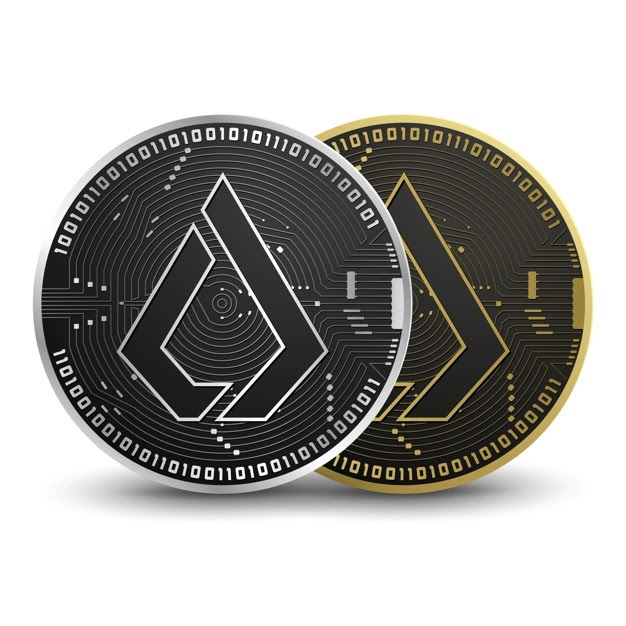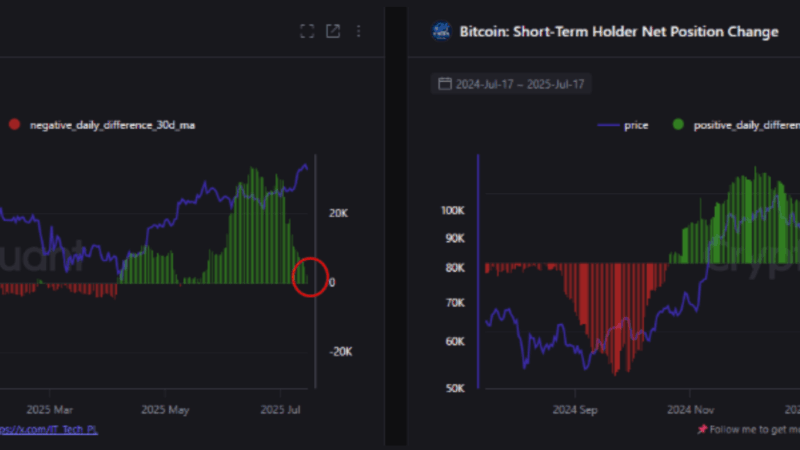What is Lisk (LSK)? — A bitFlyer Academy Guide for Beginners

Lisk (LSK) is a blockchain-based, decentralised computational platform. It was founded in early 2016, by Max Kordek and Oliver Beddows. As a fork of Crypti—a JavaScript-based platform for dApps—Lisk’s primary vision is to broaden the accessibility of blockchain technology.
The Lisk Ecosystem: Elements & Features
Lisk is predominantly a platform for creating and deploying Decentralised Applications or dApps—applications hosted on globally distributed computer networks, rather than on centralized servers.
The platform’s users can create, publish, distribute, and monetise their dApps, as well as leverage the ecosystem’s native cryptocurrency, LSK. In other words, Lisk is a self-sustaining and integrated platform, supporting features such as smart contracts, blockchain-based storage, and so on.
JavaScript Compatibility
Substantial learning curves associated with specific programming language requirements have been a major obstacle to the wide-scale adoption of blockchain-based solutions. Lisk addresses this problem by enabling dApp development in JavaScript (JS), which is especially appealing to developers with a traditional outlook.
Apart from JS, Lisk also works with TypeScript, which is another commonly-used language for web development. Consequently, unlike in the case of Ethereum, developers working with Lisk don’t usually have to learn a new, platform-specific programming language.
The Delegated Proof of Stake Protocol (DPoS): Resource-Optimised Consensus
Despite watertight security, the Proof-of-Work (PoW) consensus protocol—implemented by Bitcoin, among others—has severe scalability and environmental trade-offs. As a scalable and eco-friendly alternative, Lisk adopts a Delegated Proof of Stake (DPoS) consensus mechanism.
Briefly put, every member of the network—that is, LSK token holders—can vote for 101 delegates. In this context, casting a vote means ‘staking’ (locking) a predefined amount of LSK tokens in special wallets. In turn, the ‘active delegates’ are responsible for validating Lisk transactions and for creating blocks.
The Lisk blockchain is considerably fast, with new blocks being created roughly every 10 seconds, while each cycle of 101 blocks takes around 16 minutes for settlement—to compare, Bitcoin takes around 10 minutes for the creation of new blocks.
Complementing the network’s sidechain architecture, the said validation mechanism enhances scalability. Furthermore, delegates are incentivised through rewards, distributed in LSK tokens.
The Mechanisms of Lisk: Fostering Innovation with SDK
Extending blockchain’s accessibility to the general populace is Lisk’s primary mission. The platform is predominantly focused on decentralised software development, while the LSK token serves as the system’s internal mode of value exchange. In this context, Lisk’s Software Development Kits or SDKs play a crucial role.
The Lisk SDK
Lisk’s SDK represents a reliable, easy-to-use, and customisable toolkit, designed to assist the development of Lisk-compatible applications. Broadly, the kit has three components:
- Framework: Establishes and maintains the interactions between modules on the Lisk network.
- Elements: A collection of libraries, used to implement various functionalities to custom dApps.
- Commander: A command line tool that enables Lisk users to interact with the underlying blockchain.
Lisk & Ethereum: A Brief Comparison
In general, both Ethereum and Lisk are distributed computational platforms—in other words, decentralised super computers—that allow users to create blockchain-based applications. However, despite Ethereum being the most popular ecosystem of its kind, Lisk has certain distinctions which are better-suited for certain requirements.
- Lisk has a sidechain architecture for greater scalability, while Ethereum does not.
- Ethereum has a platform-specific programming language—Solidity—whereas Lisk is compatible with JavaScript and TypeScript.
- Ethereum’s execution environment—Ethereum Virtual Machine (EVM)—is secured using a PoW-PoS hybrid, while the Lisk Virtual Machine implements a Delegated Proof of Stake (DPoS).
- With a 10 second blocktime, as compared to Ethereum’s 15 second, Lisk is the faster one out of the two ecosystems.
Considering the above points, it’s evident that Lisk is a potent alternative to Ethereum, with a wider scope in certain regards. To participate on the network, users can buy, sell, and trade LSK on bitFlyer. Join bitFlyer today.
Disclaimer:
The information contained in this article is for general information purposes only. bitFlyer EUROPE S.A. is in no way affiliated with any of the companies mentioned herein. Neither does bitFlyer assume any responsibility nor provide any guarantee for the accuracy, relevance, timeliness or completeness of any information provided for by these external companies.
You accept that you are responsible for carrying out your own due diligence when investing. bitFlyer shall in no way be responsible for any acts taken on account of this article nor does bitFlyer provide any investment advice for its users.

